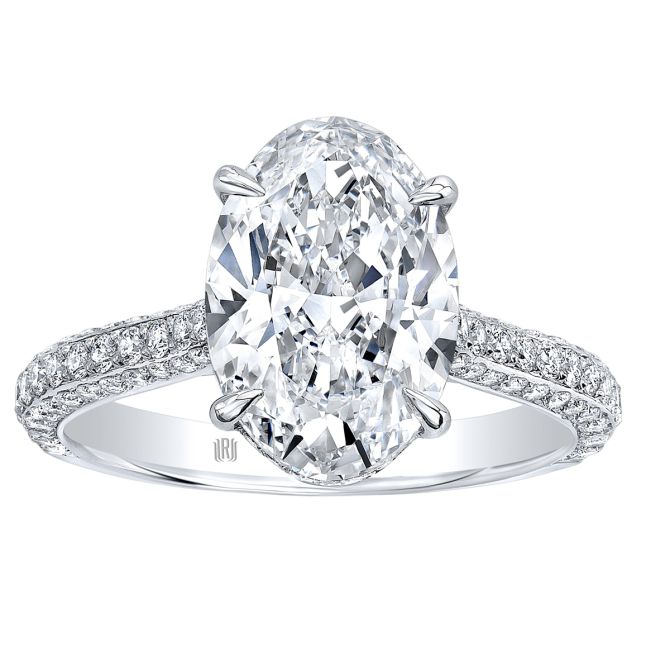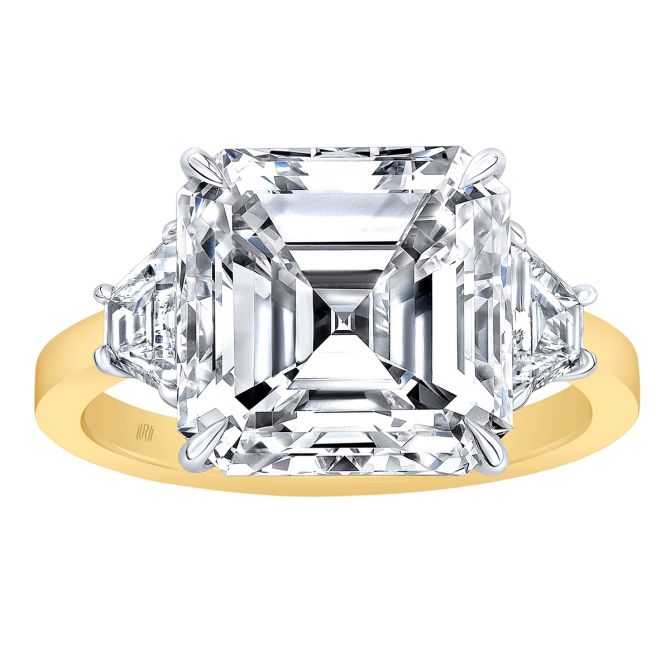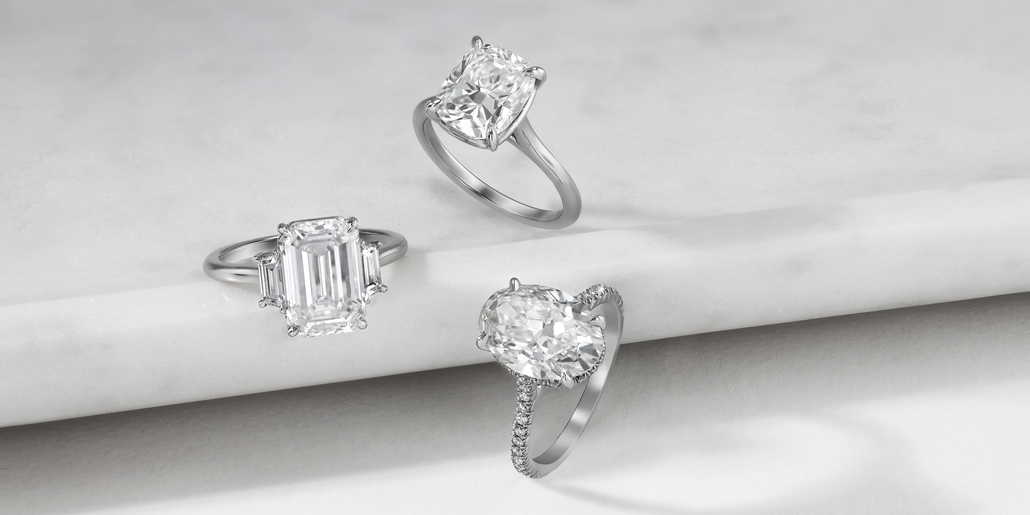What Is Diamond Clarity?
Diamond clarity refers to the presence of imperfections within or on the surface of a diamond. These imperfections are known as inclusions (internal flaws) and blemishes (external flaws). Because diamonds form deep within the Earth under intense heat and pressure, these tiny marks are quite common. The fewer and smaller the inclusions and blemishes, the higher the clarity grade, and typically, the more valuable the diamond.
The GIA’s Diamond Clarity Scale has six categories by which it grades diamond clarity:
- Flawless (FL): No inclusions and no blemishes visible under 10x magnification.
- Internally Flawless (IF): No inclusions visible under 10x magnification.
- Very, Very Slightly Included (VVS1 and VVS2): Inclusions so slight they are difficult for a skilled grader to see under 10x magnification.
- Very Slightly Included (VS1 and VS2): Inclusions are observed with effort under 10x magnification but can be characterized as minor.
- Slightly Included (SI1 and SI2): Inclusions are noticeable under 10x magnification.
- Included (I1, I2, and I3): Inclusions are obvious under 10x magnification, which may affect transparency and brilliance.

Types of Diamond Inclusions and Blemishes
Common inclusions you might encounter:
- Feathers: Small cracks or fractures inside the diamond.
- Clouds: Groups of tiny inclusions that can give a hazy appearance.
- Crystals or Mineral Inclusions: Tiny crystals trapped inside the diamond.
- Pinpoints: Very small white or black dots.
- Needles: Long, thin inclusions resembling tiny needles.
Common blemishes include scratches, nicks and polish lines on the diamond’s surface.
So, why is clarity important? Inclusions can interfere with how light travels through a diamond, influencing its brilliance and sparkle. While many inclusions are microscopic and invisible to the naked eye, others are more apparent and can diminish the diamond’s visual appeal. In some cases, large or poorly positioned inclusions may weaken the diamond’s structure, increasing its vulnerability to damage.
Understanding how clarity interacts with different cuts can help you choose the best diamond for your budget and style.
Brilliant Cuts
Examples: Round, Oval, Cushion, Pear, Marquise, Radiant, Heart
Brilliant cuts are designed to maximize sparkle and light return. Their faceting pattern includes many small, tightly packed facets that bounce light around within the stone, often obscuring small imperfections. This makes brilliant cuts more forgiving when it comes to clarity grades—diamonds with a VS2 or even a well-cut SI1 grade can often appear clean to the eye.
Each shape, however, comes with unique considerations. Round brilliants are particularly adept at masking inclusions, making them an excellent choice for lower clarity grades. Pear and marquise shapes can hide flaws near their pointed tips but may show visible inclusions near the center. Heart-shaped diamonds require careful attention to clarity, as imperfections around the center cleft and lobes tend to draw the eye. Radiant cuts, with their brilliant-style faceting, also do a good job of disguising imperfections.
Pro tip: If you’re going for a brilliant cut, you can typically spend less on clarity and invest more in cut or carat weight.

Step Cuts
Examples: Emerald, Asscher, Baguette
Step cuts feature large, open table facets and fewer overall facets compared to brilliant cuts, creating a “hall of mirrors” effect that emphasizes depth and light play over intense sparkle. However, this design also makes inclusions more visible, especially beneath the flat, transparent top facet. To ensure a clean appearance, choose a stone with at least VS2 clarity, though VS1 or VVS clarity is ideal for achieving high transparency. Keep in mind that any inclusions or blemishes near the center of the stone will be particularly noticeable with this cut.
Pro tip: Buyers tend to prioritize higher clarity in Emerald and Asscher cuts to preserve their crisp, clean look.

How to Choose the Best Diamond Clarity for You
Higher clarity grades often come at a premium price. For most buyers, VS or even SI clarity offers a fantastic balance of appearance and value. Most inclusions in VS and SI grades are not visible to the naked eye, especially when the diamond is mounted in a ring. Sometimes it’s better to prioritize a superior cut or larger carat weight than to overspend on clarity that offers minimal visual difference. When selecting a diamond, clarity should always be considered in context with cut, carat weight and color. Learn more about the 4 C’s of diamonds in this article.
Our diamond experts are at your service to help you find exactly what you’re looking for. Start by exploring our online ring builder, where can browse diamonds by clarity grade, then book a private appointment online today.

